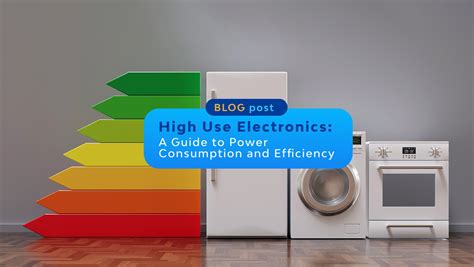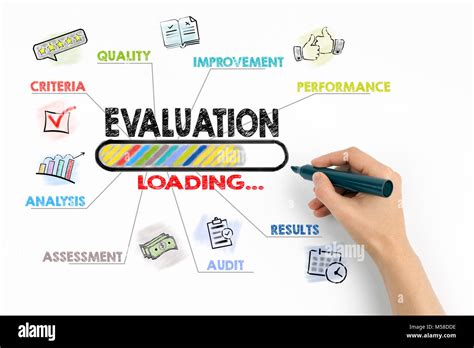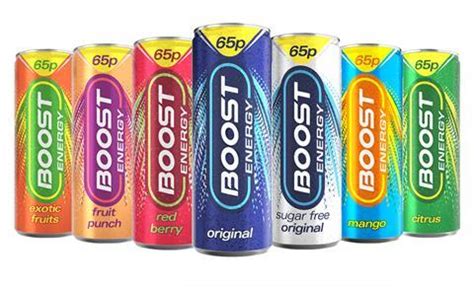How to select durable, high-performance tech for optimal daily efficiency?

The Crucial Balance: Durability Meets Performance
In our increasingly connected world, technology is no longer just a convenience; it’s a fundamental tool for productivity, communication, and daily living. From laptops and smartphones to monitors and peripherals, the devices we use profoundly impact our efficiency. Yet, the market is saturated with options, making the selection process daunting. The key to unlocking optimal daily efficiency lies in choosing technology that not only performs exceptionally but also withstands the rigors of everyday use. This guide will walk you through the essential considerations for making smart, long-lasting tech investments.

Prioritizing Durability: Built to Last
Durability often gets overlooked in favor of flashy features, but it’s arguably the most critical factor for sustained efficiency. A device that constantly needs repair or replacement is a drain on both your time and finances. When assessing durability, consider the following:
- Build Materials: Look for premium materials like aluminum, magnesium alloy, or high-grade plastics that offer superior resistance to drops and scratches. Avoid flimsy plastics that creak under pressure.
- Construction Quality: Tight seams, minimal flex, and sturdy hinges (for laptops) indicate good manufacturing. Water and dust resistance ratings (e.g., IP68 for smartphones) are also strong indicators of resilience.
- Environmental Testing: Some professional-grade devices undergo MIL-STD (Military Standard) testing for shock, vibration, temperature extremes, and humidity. While not essential for all users, it signifies a robust design.
- Longevity of Components: Beyond physical strength, consider the lifespan of internal components. Solid State Drives (SSDs), for instance, are generally more durable and faster than traditional Hard Disk Drives (HDDs).
Defining High Performance: Speed and Responsiveness
High performance translates directly into saved time and reduced frustration. A slow, laggy device can severely hinder productivity. Here’s what to look for:
- Processor (CPU): The brain of your device. Opt for the latest generation processors from Intel (Core i5/i7/i9) or AMD (Ryzen 5/7/9) that suit your workload. More cores and higher clock speeds mean better multitasking and faster application execution.
- Random Access Memory (RAM): Aim for at least 8GB of RAM for general use, and 16GB or more for demanding tasks like video editing, graphic design, or heavy multitasking. Sufficient RAM prevents slowdowns when multiple applications are open.
- Storage (SSD): An SSD is non-negotiable for performance. It offers significantly faster boot times, application loading, and file transfers compared to HDDs. Look for NVMe SSDs for peak performance.
- Graphics Card (GPU): If your work involves gaming, video editing, 3D rendering, or CAD, a dedicated GPU (from NVIDIA or AMD) is essential. For general productivity, integrated graphics are often sufficient.
- Battery Life: For portable devices, a long-lasting battery is a performance feature, ensuring you remain productive without constantly searching for an outlet.

Synergy for Optimal Daily Efficiency
The true magic happens when durability and performance work in tandem. A durable, high-performance device offers:
- Reduced Downtime: Less time spent troubleshooting, repairing, or replacing faulty equipment.
- Consistent Productivity: Fast processing and robust build quality mean your workflow remains uninterrupted.
- Cost-Effectiveness: While durable, high-performance tech might have a higher upfront cost, its longer lifespan and consistent output lead to better long-term value. You avoid the hidden costs of productivity loss and frequent replacements.
- Peace of Mind: Knowing your tools can handle the demands of your day allows you to focus on your tasks without worry.

Strategic Selection Tips
Research and Reviews
Before purchasing, dive deep into professional reviews from reputable tech publications and user feedback. Pay attention to comments regarding build quality, long-term performance, and common issues.
Assess Your Specific Needs
Don’t overbuy or underbuy. Understand your typical workload. Are you a casual user, a content creator, a gamer, or a remote professional? Your tech needs should align with your daily tasks.

Warranty and Support
A robust warranty and reliable customer support can be lifesavers. A company that stands behind its products with good post-purchase service adds another layer of durability and peace of mind.
Future-Proofing (Within Reason)
While no tech is truly future-proof, choosing slightly higher specs than your immediate needs can extend the device’s useful life, delaying the next upgrade cycle. Look for expandability options like upgradable RAM or storage.

Conclusion
Choosing durable, high-performance tech isn’t about buying the most expensive gadget, but rather making an informed decision that aligns with your lifestyle and workflow. By prioritizing robust build quality and capable specifications, you’re not just buying a device; you’re investing in uninterrupted productivity, reduced stress, and optimal daily efficiency for years to come. Take the time to research, compare, and select wisely – your future self will thank you.









